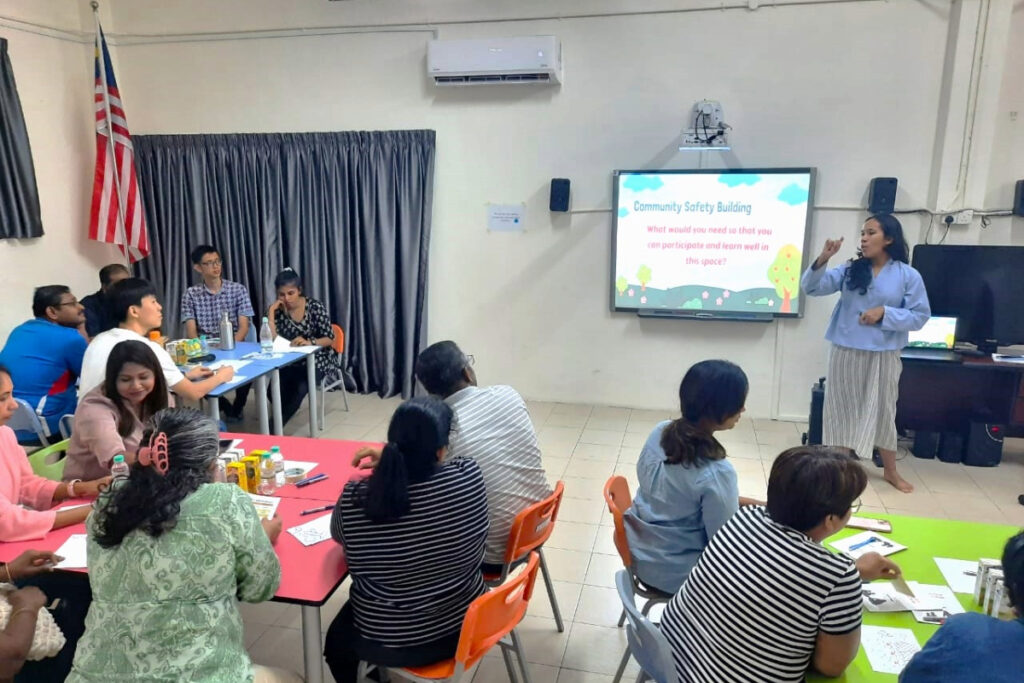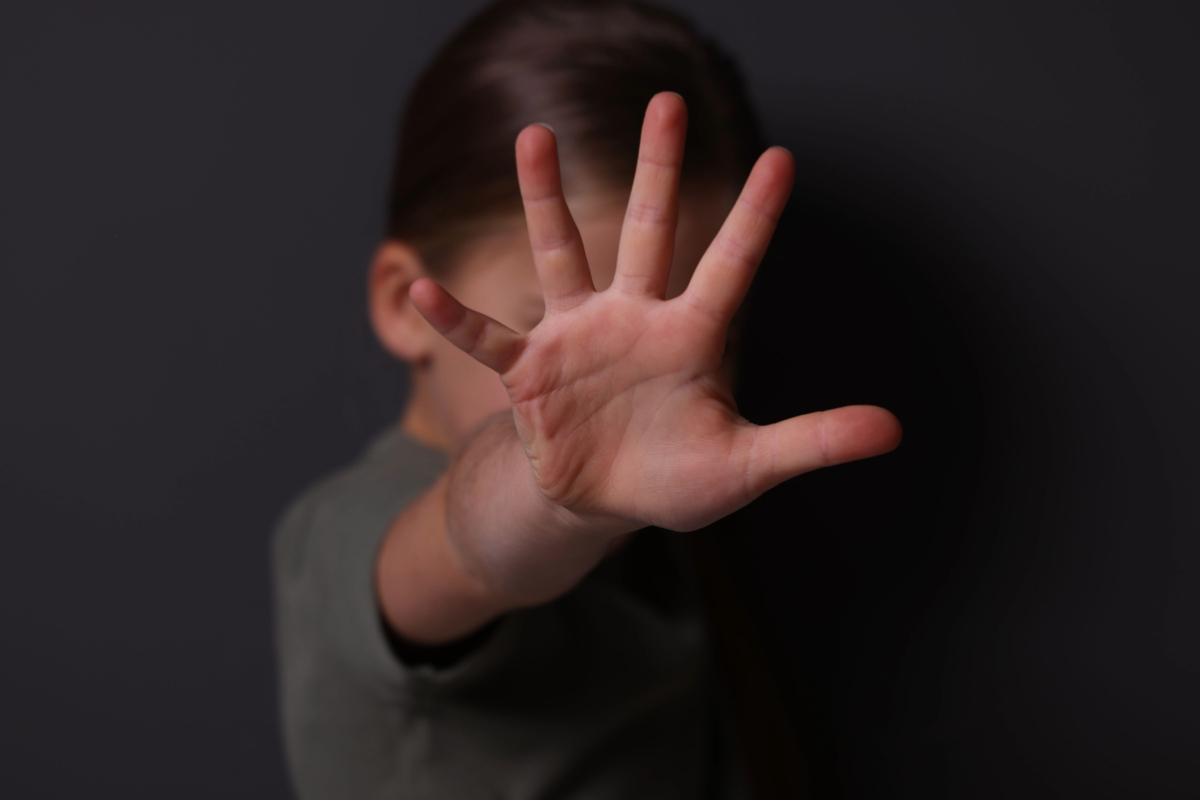Taarana Leads ‘Stop It and Be Safe’ Talk on Child Safety
It’s vital parents feel equipped to empower their children to stay safe.
Child safety is a crucial concern, especially for children with disabilities, who face additional risks due to challenges like limited communication, mobility issues, and dependence on caregivers.
To address these vulnerabilities, Taarana School organised a session titled “Stop It and Be Safe” to provide parents with practical tools to protect their children from abuse.
Led by Fir Redzuan, president of the NGO Protect and Save the Children (P.S. The Children), the talk focused on strategies to help parents identify potential dangers, including child sexual abuse.
Fir emphasised the need to teach children to recognise unsafe situations and set personal boundaries.
Parents were also informed about grooming, a tactic used by abusers to gain trust over time. “Children with disabilities may struggle to communicate when something is wrong,” Fir explained.
“It’s essential for parents to be vigilant and proactive in ensuring their children feel safe and supported.”
Sexual Education for Children with Disabilities

The session further highlighted the importance of sexual education for children with disabilities, covering topics like healthy relationships, body autonomy, and building confidence in social interactions.
Parents were encouraged to create open communication channels with their children to help them express their needs and boundaries.
A guidebook with practical tips and resources was provided to help parents continue these discussions at home.
Taarana’s Principal, Dr Sunitha Sivakumaran, emphasised, “It’s vital that parents feel equipped to navigate these conversations and empower their children to stay safe.”
The “Stop It and Be Safe” session provided essential knowledge and reassurance, underscoring that even difficult topics like abuse must be addressed to ensure the well-being of every child.
Ensuring child safety starts with awareness and open communication. Taarana encourages parents to continue these vital conversations at home and seek support whenever needed. Together, we can create a safer, more supportive environment for every child.

